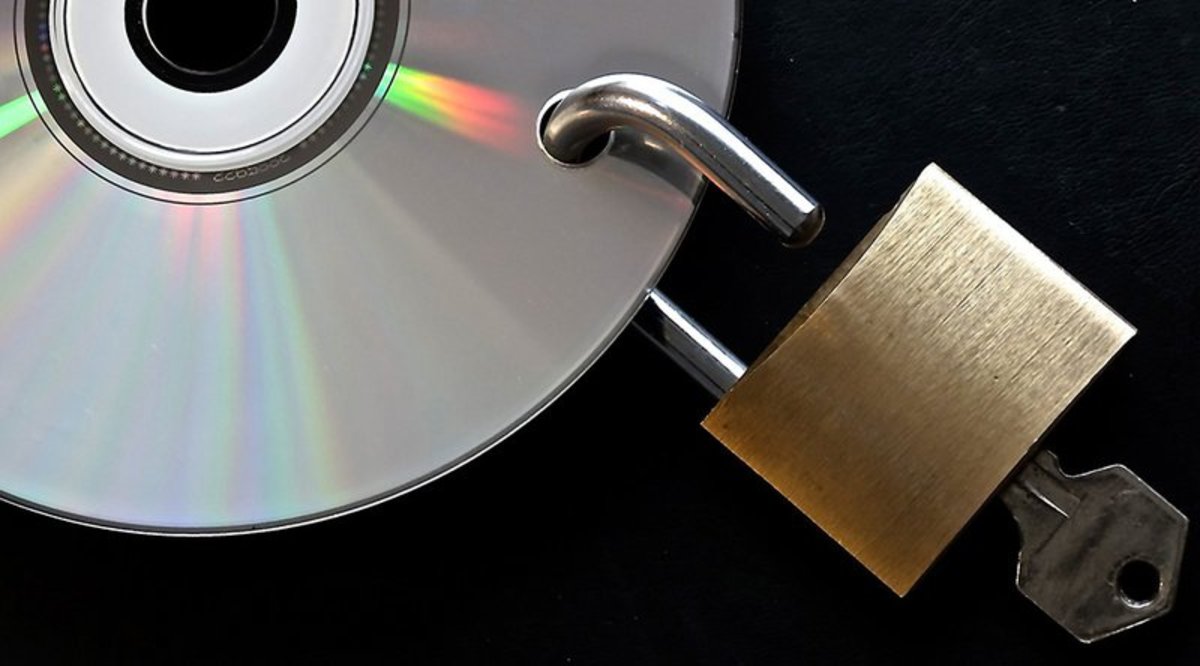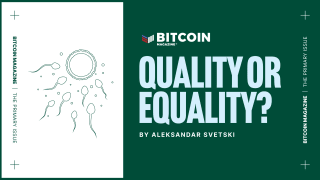
The many uses and proposed uses for blockchain technology include smart contracts, decentralized payment systems, insurance claims, supply chain management, health records management, land title registration, energy grid management and now protection from copyright infringement.
Websites like Blockai, Pixsy, TinEye, Ascribe, Mediachain and Proof of Existence promise to use blockchain technology to register and protect against copyright infringement. They understand that a public decentralized ledger like the blockchain is ideal for cataloging and storing original works of art, documents, manuscripts, photographs and images, away from any central authority.
Even if the copyright service ceases to exist, there will still be a verifiable copy of an original work on the blockchain.
Addison Cameron-Huff, a Toronto-based lawyer whose specialties include bitcoin and blockchain businesses and copyright infringement, told Bitcoin Magazine:
“One application for blockchains that I expect to see is a registry of ownership (history of assignments). It can be very difficult to trace the ownership chain for copyrighted works (especially with multiple authors, e.g. sound + video + text). Traceable ownership is a problem domain that blockchains are especially well suited for.”
Blockai uses the blockchain for writers and artists to timestamp their work, keep a “vigilant eye” out for anyone violating their copyright, create a permanent record of their work and issue their clients a time-stamped copyright certificate.
Every user has a profile on the site which allows them to file and organize all their certificates. Once uploaded, the service can track online usage of a client’s work and alert them if there is any unauthorized usage.
As Blockai has noted:
“It's obvious that the current copyright system in the United States is well behind the times in a digital age and doesn't provide nearly enough (affordable) resources for victims of theft, especially if you find yourself going up against a large and powerful group. As we wait for the slow wheels of bureaucracy to turn, Blockai hopes to be a useful and easy-to-use solution.”
Is Proof of Existence Enough?
In a phone interview with Bitcoin Magazine, Paul Horbal, a lawyer specializing in new technologies and patent protection, commented:
“Blockai aims to help establish a date of creation for copyright works but that is rarely a major issue. The much more pressing problem is removing infringing content and for that you will generally have to fall back on legal means.”
Horbal said that, despite Blockai’s promises, ultimately the legal system has to be involved to protect against copyright infringement, however legal tools are available:
“It is easier than ever before to identify copyright infringement that takes place online. Governments have provided the tools to stop infringement, such as the 'notice and takedown' system introduced with the Digital Millennium Copyright Act in the U.S., or the ‘notice and notice’ system in Canada's Copyright Act.”
"It is also possible to identify and stop copyright infringement in other parts of the world, and there are continuing efforts to modernize and harmonize copyright laws internationally," he added.
Addison Cameron-Huff was not as enthusiastic about the chances of enforcing copyright protection. He told us:
“While I love the idea of a central registry of photos with copyright information, the reality of copyright is that it's at once global but also local. Copyright is governed by a patchwork of local laws that differ in sometimes important ways (e.g. copyright registration processes and differences in protections for certain types of works). Any startup entering this space will have to consider the laws of many jurisdictions.
“Even if a company succeeded in building a central registry for global copyright there would be many issues around who actually created the work (was it registered by the correct person?) and what happens next, once someone discovers that a registered work is being used without permission? Global copyright law will inform the usefulness of the global copyright repository,” he added.
In an article entitled “Buzzword Bingo: How Blockai Says the Blockchain Will Protect Your Copyright and Other Nonsense” author Nate Hoffelder says Blockai and websites like it are “hooey” and are simply selling the illusion of protection.
“Blockai says that they offer 'copyright monitoring that alerts you when people are using your work' when in reality, Blockai can't catch an image when used in a YouTube video or when it's shared via a social networks (which are encrypted).”
“A hash of a work isn't the same as the work itself”
Cameron-Huff notes that, from a technical point of view, there’s an interesting question of when an image is not an image. He explained:
“An additional challenge for someone seeking to make a blockchain for copyright is the hashing issue. A hash of a work isn't the same as the work itself and copyright is generally broader than just the specific arrangement of bits. Even a slightly modified work is likely to still be covered by the original work's copyright but the hash will be completely different. I think that's a challenge for anyone seeking to make a blockchain for images (or other digital goods).”
There is no question that the blockchain is an ideal place to store claims to authorship without a central authority to censor, take down or potentially tamper with original work. Whether it can prevent copyright infringement is another question.










